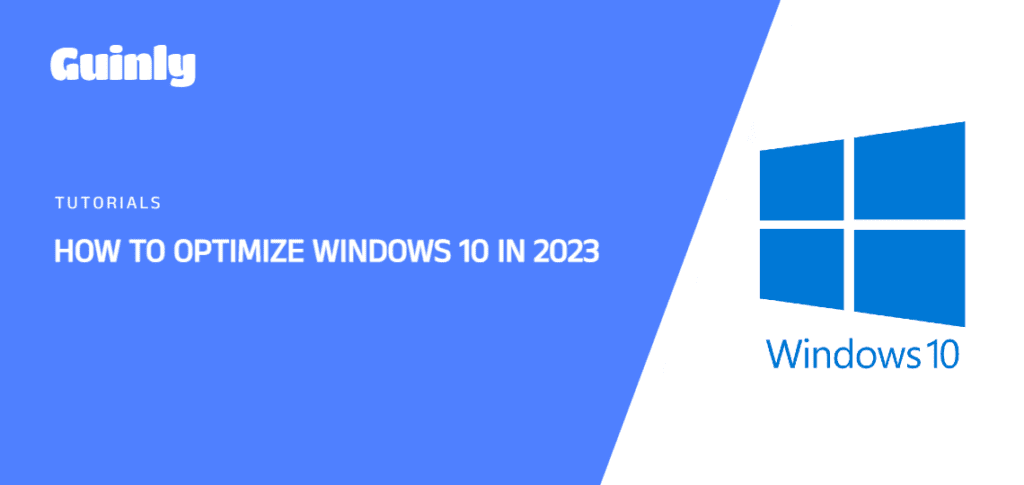Is your Windows 10 PC running slower than usual? Does it seem like it’s struggling to keep up with your daily tasks? Don’t worry; we’ve got you covered. In this guide, we’ll take you through a series of steps to optimize your Windows 10 experience and potentially regain some valuable storage space. Before considering drastic measures like buying a new device, let’s explore how you can make Windows 10 perform better.
Note: This doesn’t guarantee to make your device twice as fast. Instead, it aims to enhance your Windows 10 performance, even after formatting your device. If your device remains sluggish, consider upgrading its hardware. Alternatively, if your primary tasks involve browsing and working with documents, you may consider switching to ChromeOS for a smoother experience. Great! Let’s get started.
Part 1 (Settings)
1. Show Desktop Icons
- Go to Settings.
- Click on Personalize. then Themes
- Under Related Settings, look for Desktop icon settings.
- Check all the icons you want to appear on your desktop and click apply.

2. Disable Apps that Run on Startup
- Right-click on the taskbar and select Task Manager.
- Navigate to the Startup tab.
- Then right click on the app to disable unnecessary apps that launch on startup, improving boot times and reducing background processes.
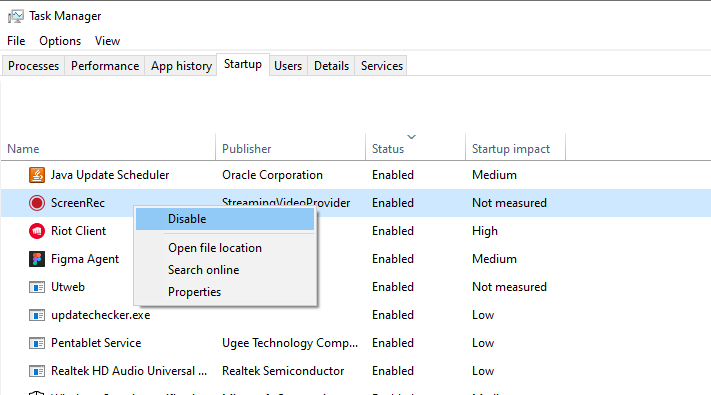
3. Turn Off Useless Gaming Settings
- Open Settings.
- Select Gaming.
- Disable settings within Game bar, Screen Captures, Background, and Game mode that you don’t use. Opt for third-party apps like OBS if needed.

4. Keep Windows Up-to-Date
- Search for updates in the Windows search bar.
- Ensure your Windows 10 is regularly updated for the latest improvements and security fixes.
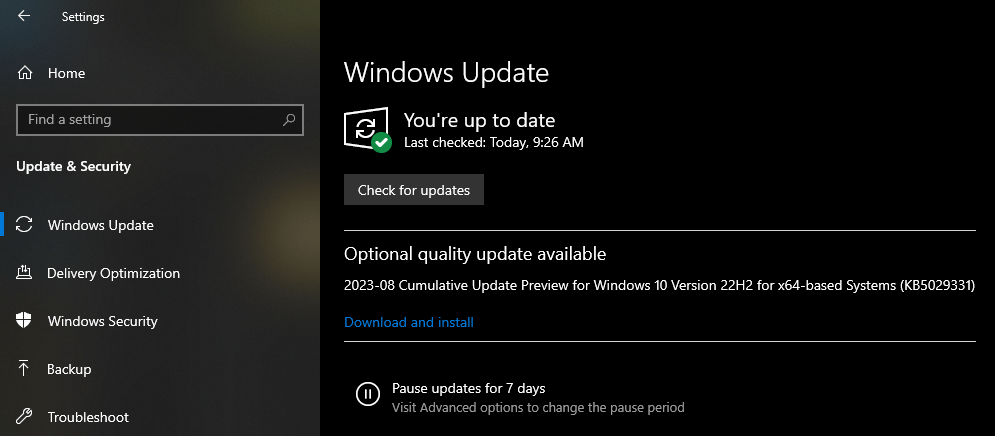
5. Disk Optimization
- Open Settings.
- Go to System.
- Click on Storage.
- Click on the linked option under More storage settings called Optimize Drives and optimize all drives.
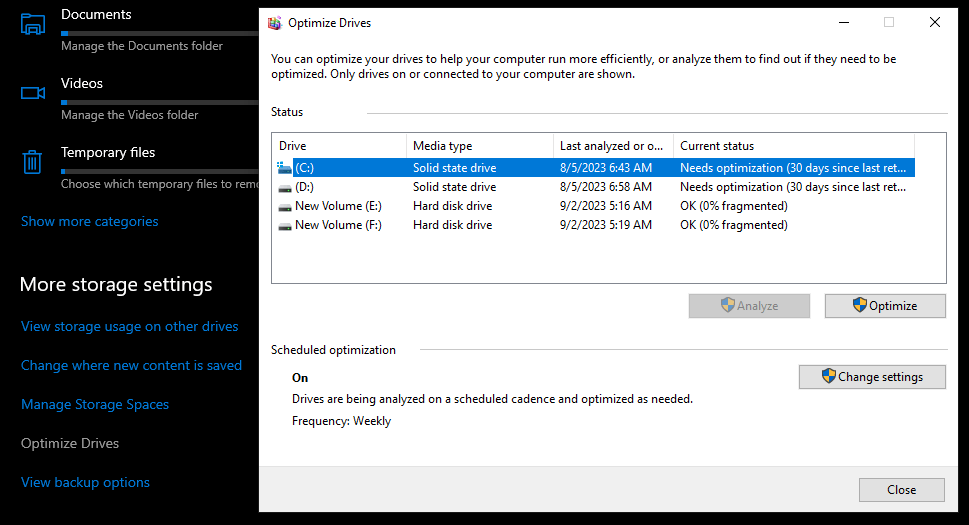
6. Disable Windows News and Suggestions
- Click on the Start button.
- Navigate to Settings.
- Go to System.
- Under Notifications & actions, uncheck the “Get tips, tricks, and suggestions as you use Windows” option.
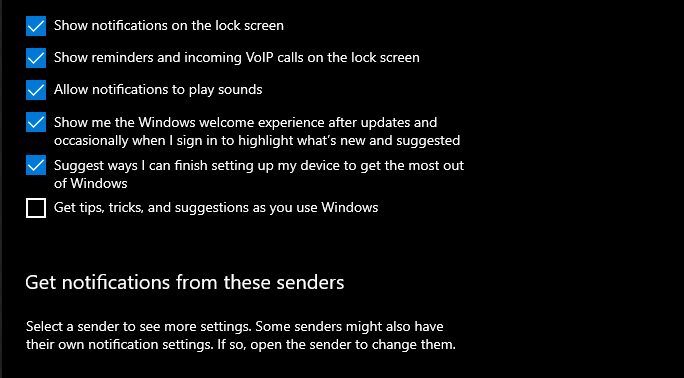
7. Optimize Power Settings (For PCs)
*Note: This is recommended for desktop PCs, not laptops, as it can impact battery life negatively.
- Search for power and sleep settings in the search bar.
- Under Related settings click on Additional power settings.
- Select the High Performance option.
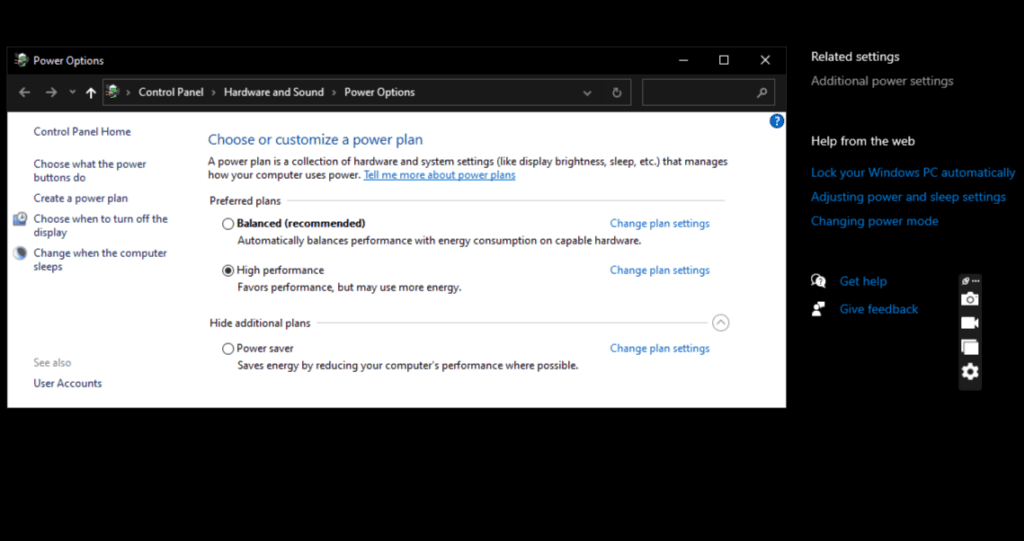
8. Unpin Apps
- On your desktop, click on the Start menu (Windows logo).
- Unpin all unnecessary apps from the start menu.

9. Turn Off Cortana
- Go to Settings.
- Navigate to Cortana.
- Disable all options in the Cortana settings.
- Right-click the taskbar and uncheck the “Show Cortana button” if it’s visible.
10. Disable Transparency Effects
- Open Settings.
- Go to Personalize.
- Select Colors.
- Turn off transparency effects to reduce CPU usage.
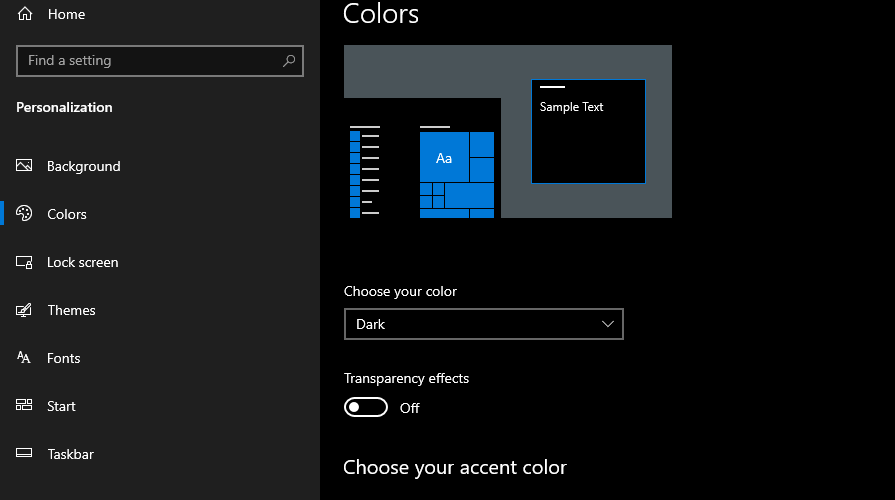
11. Customize File Icons
- Open This PC.
- Click on View and choose your preferred icon size. here i’m choosing medium icons
- Click on View, then Options, then click on Change folder and search options, under the View tab, click on Apply to all folders.
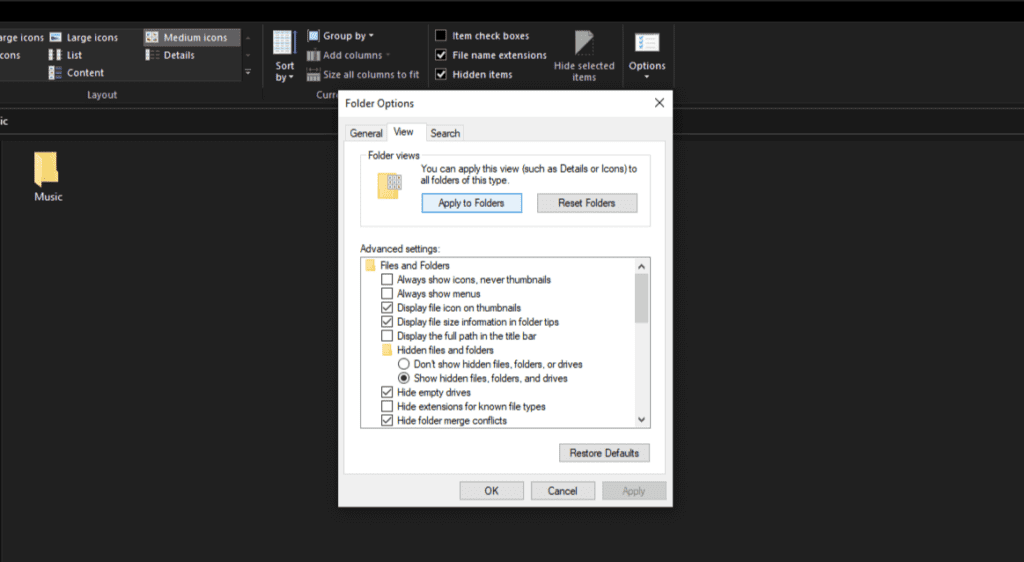
12. Adjust Visual Effects
- Right-click on This PC.
- Select Properties.
- Under Related settings go to Advanced system settings.
- In the Performance settings, select Adjust for best performance.
*Note: For HDD users, uncheck “Show thumbnails instead of icons” to improve folder loading times. SSD users can leave this option checked.
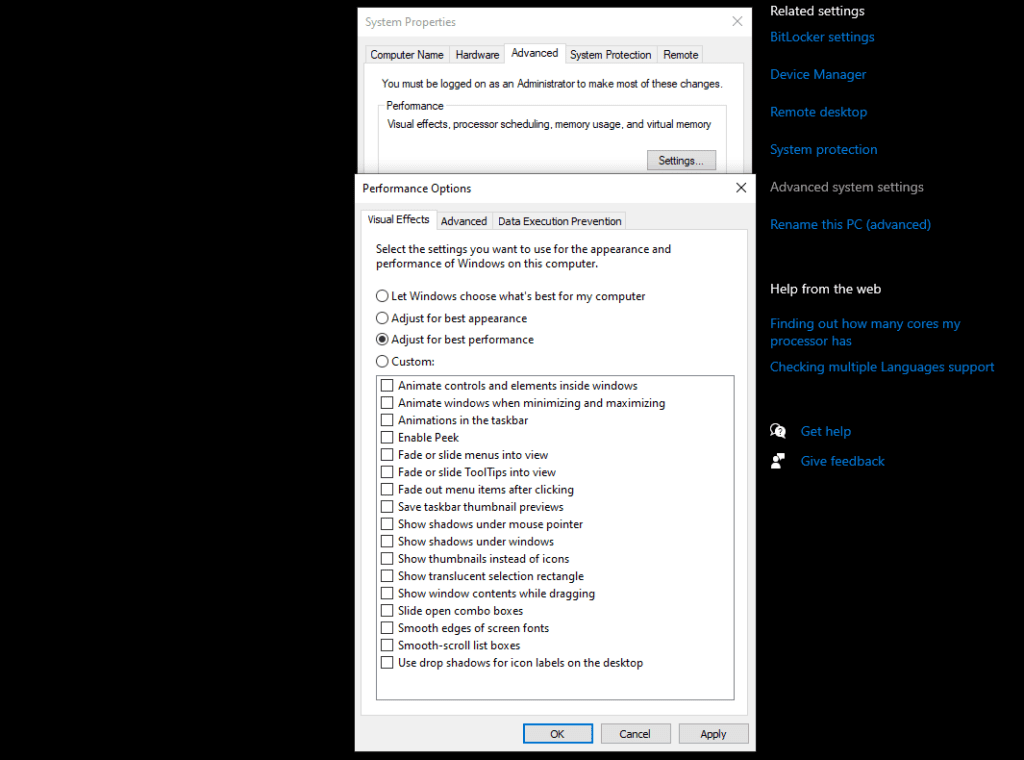
These steps will help enhance your Windows 10 performance by optimizing system settings.
Part 2 (Cleaning)
1. Uninstall Unused Programs
- Open the Control Panel.
- Select Uninstall programs.
- Right click to uninstall any programs you no longer use to free up space.
2. Uninstall Unused Apps
- Go to Settings.
- Select Apps.
- click to uninstall apps that are no longer needed.
3. Delete Files in the Software Distribution Folder
- Open File Explorer and navigate to the C:\Windows\SoftwareDistribution\Download folder.
- Delete all files in there, those are unnecessary files related to Windows Updates.
4. Clear Temp Files
- Press Windows Key + R to open the Run dialog.
- Type %temp% or go to C:\Users\pc\AppData\Local\Temp and delete all files in this folder.
5. Clear More Temp Files
- Open the Run dialog again (Windows Key + R).
- Type temp and delete all files in this folder.
6. Clear Prefetch Files
- Open the Run dialog (Windows Key + R).
- Type prefetch and delete all files in this folder.
7. Reset Your Windows Store
- Open the Run dialog (Windows Key + R).
- Type wsreset and let it reset your Windows Store.
8. Clear Browser Data
- Open your web browser (e.g., Edge).
- Clear browser history, cache, and cookies for improved browsing performance.
9. Clear Location History
- Go to Start, then Settings.
- Click on Privacy.
- Under Location, select Clear history of this device.
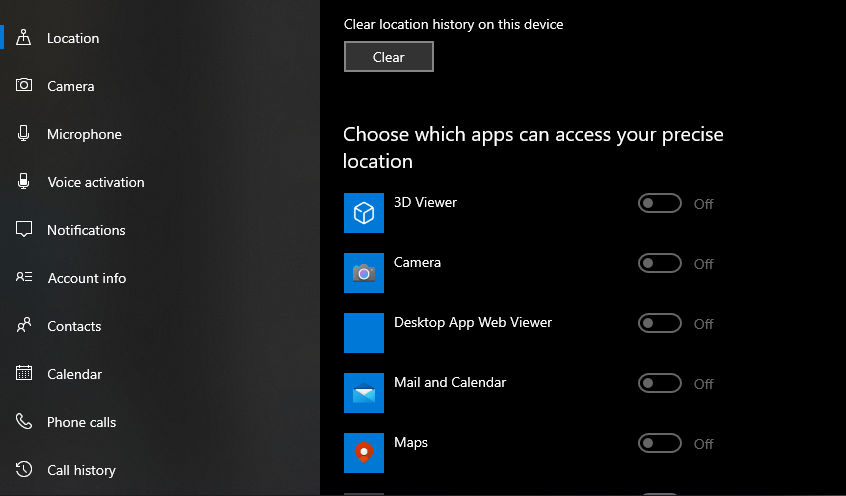
10. Flush DNS
- Open the Command Prompt as an administrator. by searching for cmd
- Type ipconfig/flushDNS and hit Enter to clear DNS cache.
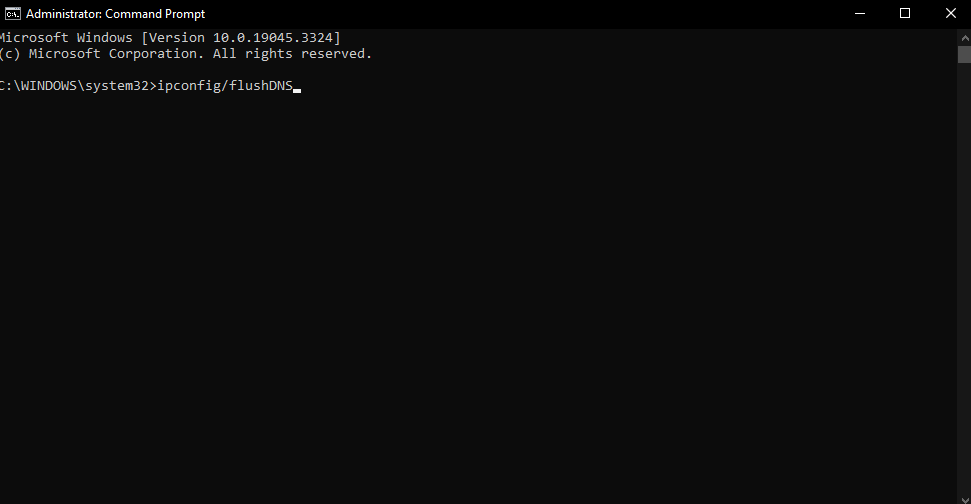
11. Use Disk Cleanup
- Search for Disk Cleanup in the search bar.
- Run Disk Cleanup and select the items you want to remove, excluding the Downloads folder. Click on Clean up system files, Then ok, and now check all unnecessary files ( rembember to uncheck the downloads folder ) and click ok
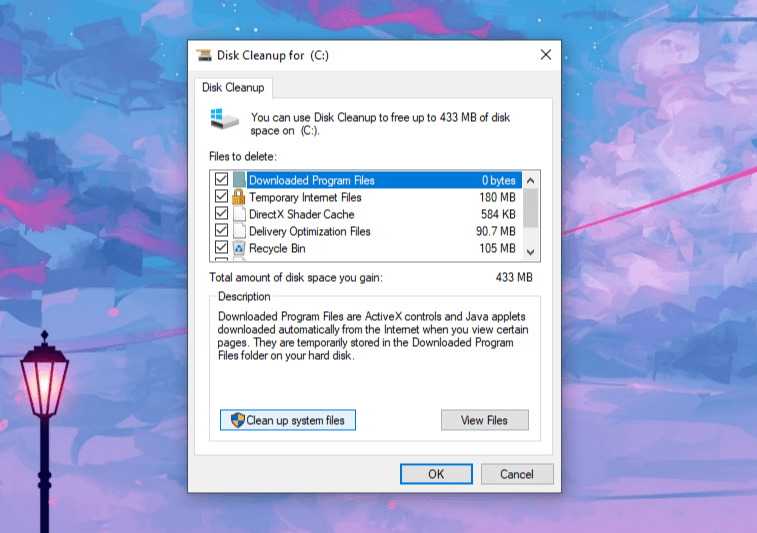
12. Clear Restore Points
- Open System Restore settings. by searching for Create a restore point
- Click on configure and delete unnecessary restore points to free up space.
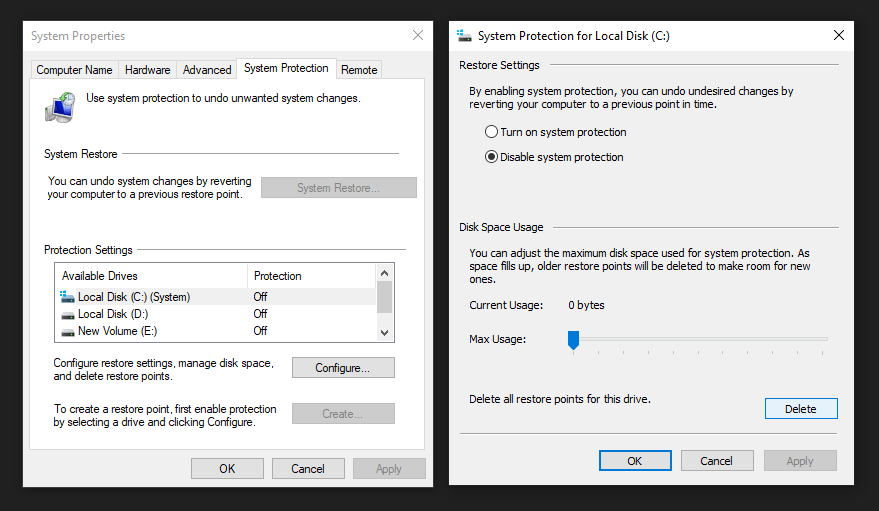
By following these steps, you’ll clean up your system and optimize Windows 10 for a smoother and more efficient computing experience.
Now, let’s address some common questions related to optimizing Windows 10 in 2024.
Frequently Asked Questions
1. Is it good to clear cache on PC?
- Yes, clearing cache can help improve system performance by removing temporary files and freeing up storage space.
2. Will my PC run faster if I clean it?
- Cleaning your PC can help it run faster by removing clutter, but the degree of improvement may vary depending on your PC’s condition.
3. Does cleaning cache affect RAM?
- Clearing cache primarily affects storage space and disk performance, not RAM.
4. Is RAM just a cache??
- No, RAM is not just a cache; it’s a type of primary memory that stores data that is actively used by the computer.
5. Which is faster, RAM or cache?
- Cache memory is faster than RAM, but it has limited capacity and is designed for quick data access.
6. Is SSD faster than RAM?
- SSDs are not faster than RAM in terms of data access speed, but they are significantly faster than traditional HDDs.
7. What type of RAM is the fastest?
- The fastest RAM types include DDR4 and DDR5, with DDR5 being the latest and offering improved performance.
By following these optimization steps and understanding these FAQs, you can get the most out of your Windows 10 PC in 2024. Remember that regular maintenance and keeping your system up-to-date are essential for a smooth computing experience.

